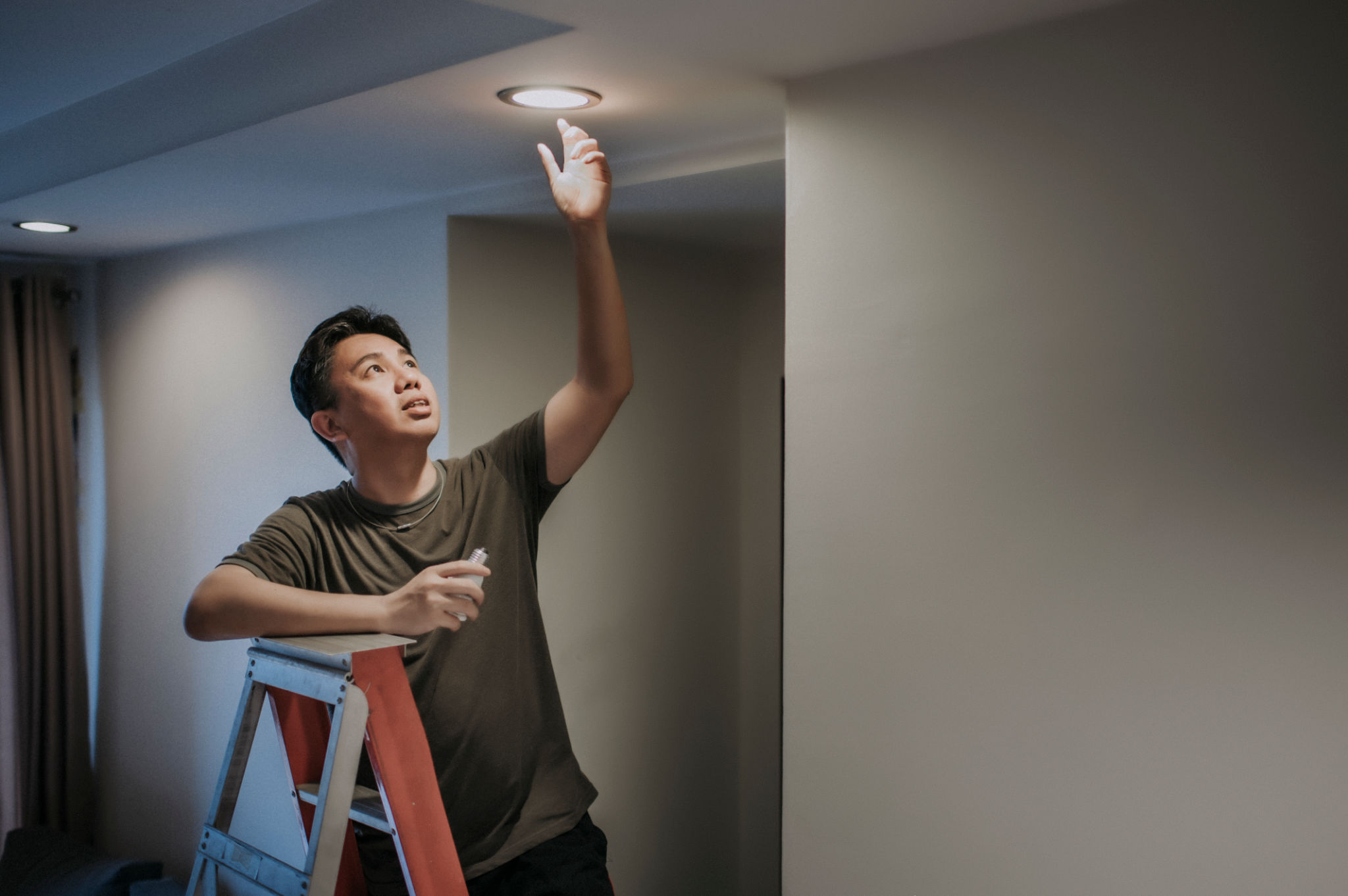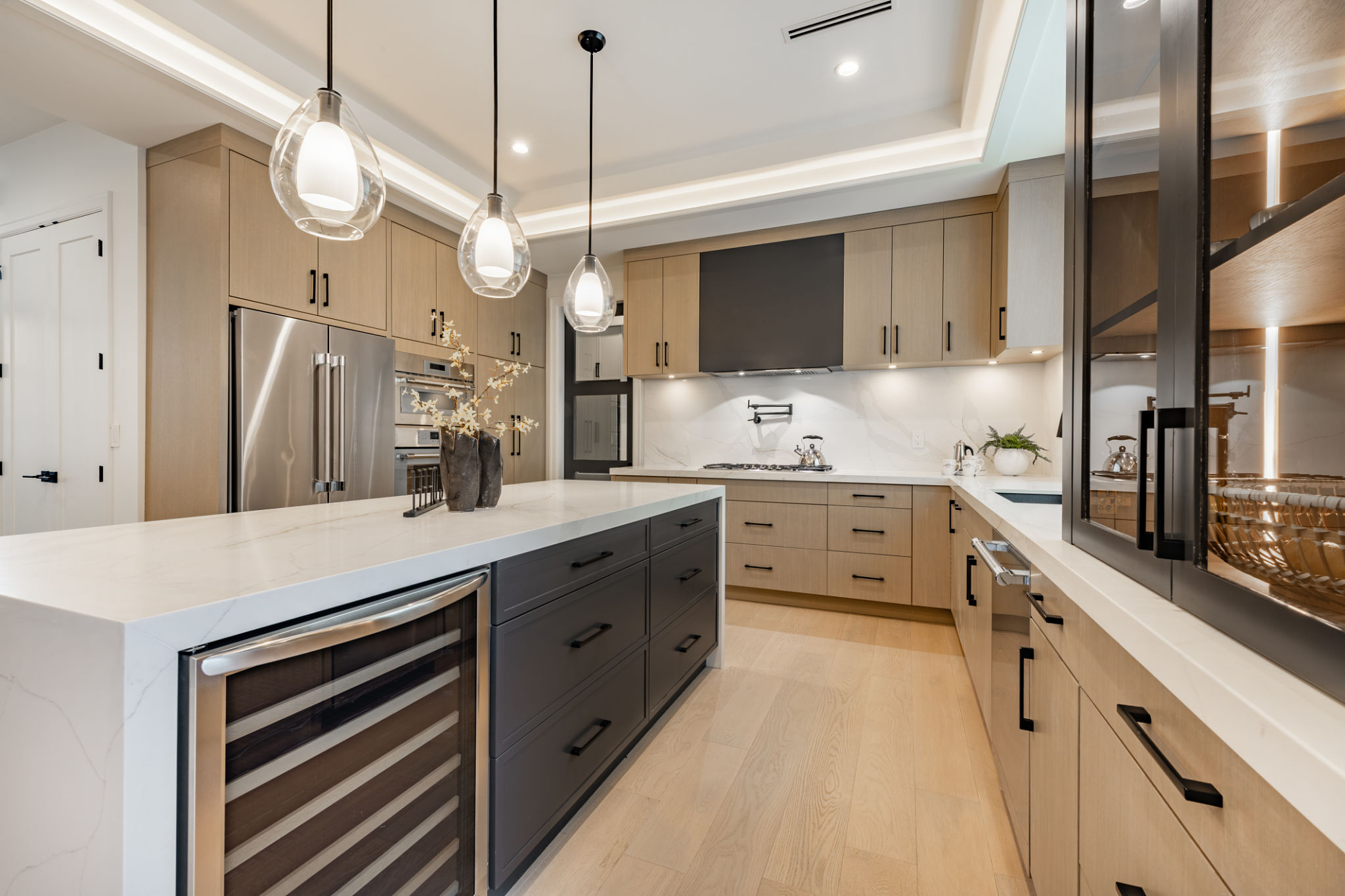Comparing LED and Traditional Lighting: What's Best for Your Home?
Understanding the Basics: LED vs. Traditional Lighting
When it comes to lighting your home, the choice between LED and traditional lighting can significantly impact energy efficiency, cost savings, and environmental friendliness. Traditional lighting typically refers to incandescent bulbs and compact fluorescent lamps (CFLs), while LED stands for light-emitting diode technology. To make an informed decision, it's essential to understand how each type works and their respective benefits.

Energy Efficiency
One of the most significant advantages of LED lighting is its energy efficiency. LEDs consume up to 80% less energy than incandescent bulbs and about 30% less than CFLs. This efficiency translates to lower electricity bills, making LEDs a cost-effective option in the long run. In contrast, traditional lighting converts a lot of energy into heat, which means more energy consumption for less light output.
Choosing LED lights not only reduces your energy usage but also helps in minimizing your carbon footprint. As more homeowners become energy-conscious, opting for LED lighting can contribute to a more sustainable lifestyle.
Lifespan and Durability
Another key factor is the lifespan of the bulbs. LEDs have an impressive lifespan, often lasting up to 25,000 hours or more, compared to about 1,000 hours for incandescent bulbs and 8,000 hours for CFLs. This means fewer replacements and reduced waste over time.

In addition to a longer lifespan, LED lights are more durable and resistant to shocks and vibrations. Traditional bulbs are fragile and can break easily, while LEDs are built to withstand various environmental conditions.
Lighting Quality and Versatility
LEDs offer a range of color temperatures and brightness levels, allowing homeowners to customize the ambiance of their living spaces. Whether you prefer warm, soft lighting for relaxation or bright, cool lighting for task-oriented areas, LEDs provide versatility that traditional bulbs often lack.
Moreover, LEDs have instant-on capabilities, meaning they reach full brightness immediately without any warm-up time required. This feature contrasts with CFLs, which may take a moment to reach full brightness.

Cost Considerations
While the initial purchase price of LEDs is higher than traditional bulbs, the long-term savings on energy bills and bulb replacements make them a more economical choice over time. Additionally, many governments offer rebates and incentives for switching to energy-efficient lighting options like LEDs.
It's crucial to weigh the initial investment against potential savings when deciding which lighting solution best suits your home and budget.
Environmental Impact
From an environmental perspective, LEDs are the preferable choice. They contain no toxic elements like mercury, which is found in CFLs. Additionally, their longer lifespan means fewer bulbs end up in landfills. By reducing energy consumption and waste, switching to LED lighting can significantly benefit the environment.
In conclusion, while traditional lighting options have been staples in homes for decades, modern advancements in technology have made LED lighting the superior choice for energy efficiency, longevity, and environmental sustainability. By understanding these differences, homeowners can make informed decisions that align with their preferences and values.
